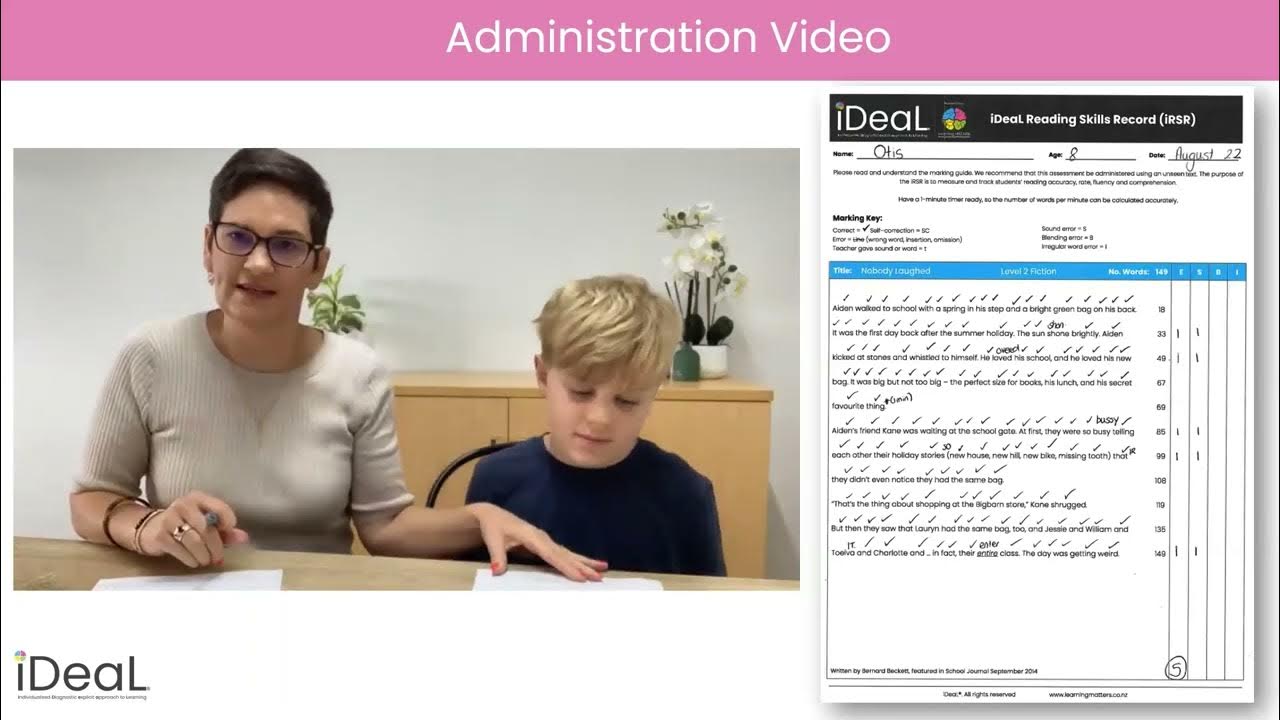ΕΝΔΟΦΛΕΒΙΑ ΧΟΡΗΓΗΣΗ ΜΕΣΩ 3WAY
Summary
TLDRThis instructional video explains how to administer intravenous medication using a 3-way connector. It begins with an overview of the 3-way device, highlighting its sterile nature and how it allows simultaneous medication administration from three different pathways. The video then demonstrates the procedure for administering medication with aseptic technique, focusing on how to properly handle the 3-way, connect the syringe, and ensure the safety of the patient. The tutorial emphasizes key steps like preventing backflow, cleaning the site, and ensuring the proper closure of pathways after the procedure.
Takeaways
- 😀 The video explains the process of administering intravenous (IV) medication through a 3-way connector.
- 😀 The 3-way connector has three ports, allowing simultaneous medication administration from different routes.
- 😀 The 3-way connector is sterile and comes with an expiry date and other relevant information.
- 😀 The function of the 3-way connector allows the user to control which pathways (saline or medication) are open using a rotating valve.
- 😀 It is important to always close the pathway before removing any attachments to avoid blood or fluid reflux.
- 😀 Aseptic technique is emphasized when administering medications through the 3-way connector.
- 😀 A disinfectant wipe is used to clean the area beneath the 3-way connector before use, ensuring a sterile field.
- 😀 The medication is carefully administered into the patient's vein, avoiding resistance to ensure the vein is not blocked.
- 😀 After medication administration, the 3-way connector should be rotated to close the port before removing the syringe to prevent leakage or reflux.
- 😀 After completing the medication administration, it is important to flush the IV line with saline to clear any remaining medication and maintain the flow of fluids.
Q & A
What is a 3-way valve used for in intravenous medication administration?
-A 3-way valve is a sterile device used to administer intravenous medications and fluids. It allows for the simultaneous or selective flow of fluids or medications through three separate pathways.
How does the 3-way valve function?
-The 3-way valve has three ports. By rotating the valve, different paths can be opened or closed to allow medication or saline to flow. This feature helps isolate the flow of different substances as needed.
What are the key components included with the 3-way valve?
-The 3-way valve comes in a sterile package that includes the valve itself, with three ports, and instructions on its use. It is important to check the expiration date and other relevant information on the packaging.
What is the purpose of the arrow on each port of the 3-way valve?
-The arrows on each port indicate which path is open for fluid or medication flow, helping the healthcare provider control the direction of the substances being administered.
How do you isolate the saline flow while administering medication?
-To isolate the saline flow, the valve must be rotated so that only the medication path is open while the saline pathway is closed.
What should be done before removing any components from the 3-way valve?
-Before removing any components, such as a syringe or extension, the valve must be closed to prevent backflow of blood or medication, ensuring safety and preventing contamination.
What is the significance of aseptic technique in this procedure?
-Aseptic technique is crucial to prevent contamination when handling sterile components, such as the 3-way valve, syringes, and the patient’s IV line. It reduces the risk of infection during medication administration.
How should the medication be administered through the 3-way valve?
-The medication should be administered slowly through the open port of the 3-way valve, ensuring no resistance. Resistance may indicate a problem with the vein, such as blockage or thrombosis.
What should be done after the medication has been administered?
-After administering the medication, the healthcare provider should rotate the valve to close the medication pathway, remove the syringe, and replace the cap to prevent contamination.
What should be done to ensure the IV line is clear after administering medication?
-After medication administration, the IV line should be flushed with saline to ensure that the medication has been fully delivered and to maintain the patency of the vein.
Outlines

Этот раздел доступен только подписчикам платных тарифов. Пожалуйста, перейдите на платный тариф для доступа.
Перейти на платный тарифMindmap

Этот раздел доступен только подписчикам платных тарифов. Пожалуйста, перейдите на платный тариф для доступа.
Перейти на платный тарифKeywords

Этот раздел доступен только подписчикам платных тарифов. Пожалуйста, перейдите на платный тариф для доступа.
Перейти на платный тарифHighlights

Этот раздел доступен только подписчикам платных тарифов. Пожалуйста, перейдите на платный тариф для доступа.
Перейти на платный тарифTranscripts

Этот раздел доступен только подписчикам платных тарифов. Пожалуйста, перейдите на платный тариф для доступа.
Перейти на платный тариф5.0 / 5 (0 votes)






